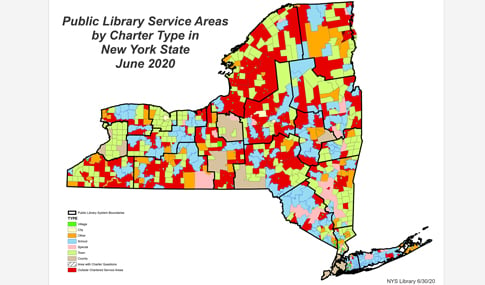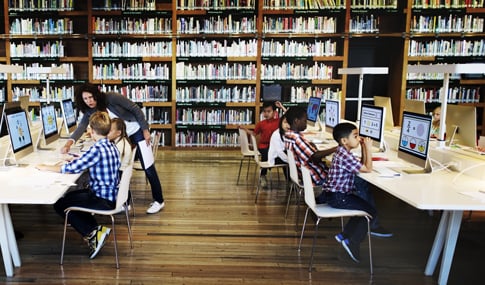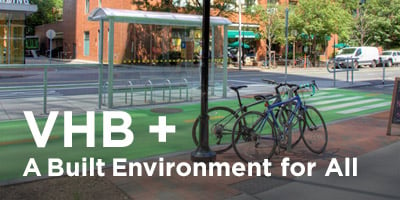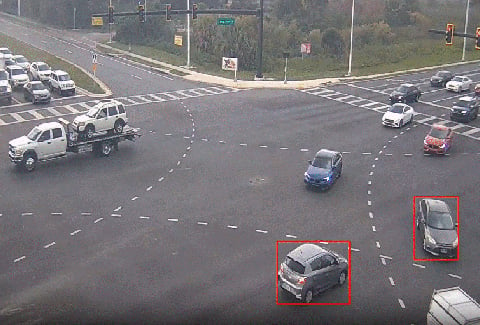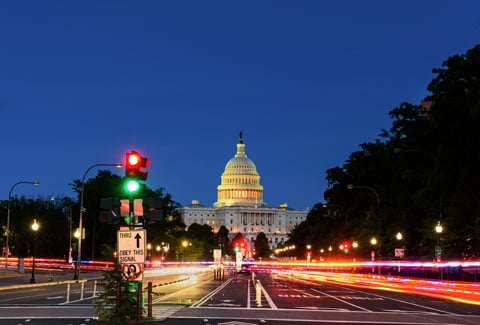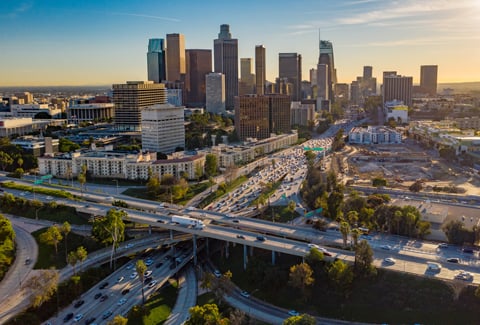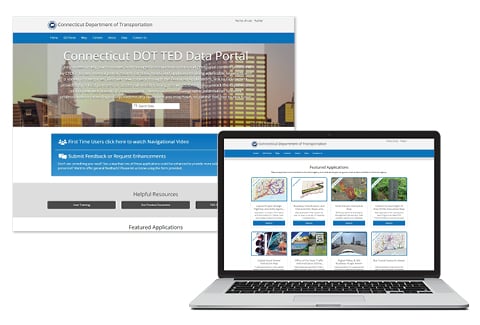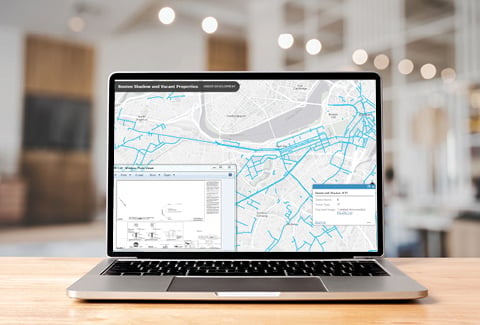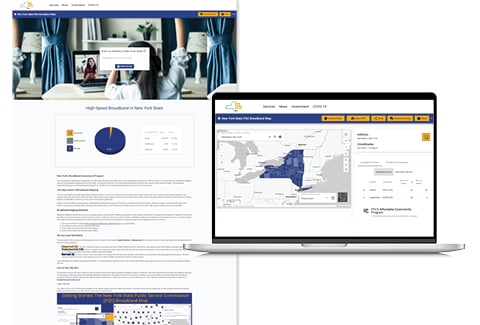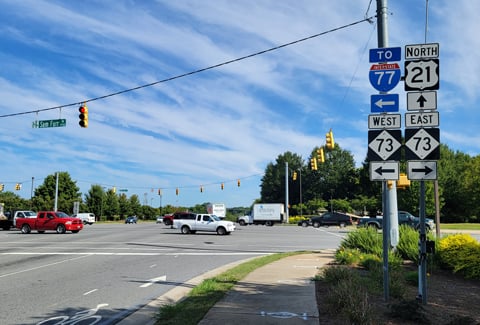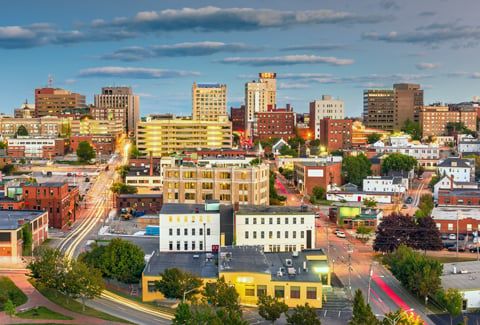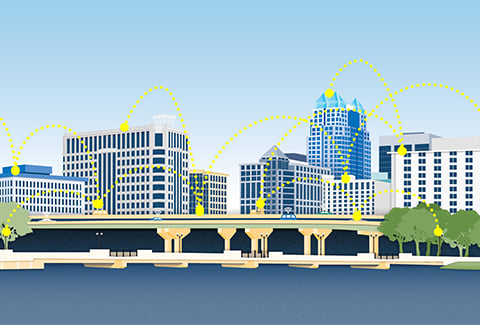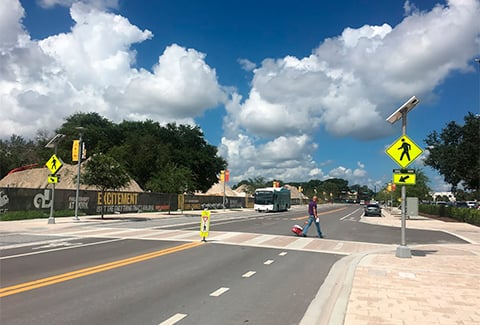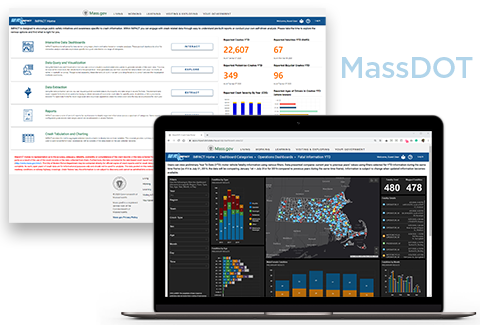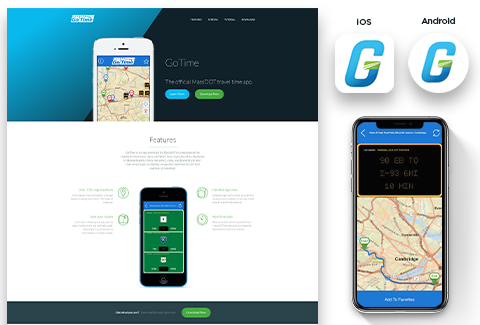Libraries offer more than just books. In communities, they act as hubs for local events, playing host to on-site town hall meetings or development programs. Libraries also bridge the digital divide by offering high-speed internet and computer access to residents without other means of obtaining these essential tools. VHB’s long-standing relationship with the New York State Library continues to uncover technology enabled solutions, helping to reach 75,000 more people in communities across the state in 2021.
VHB partners with the Library to identify populations not adequately served by public libraries. Using Geographic Information System (GIS) technology, our team can better understand the geographic distribution of existing libraries with respect to the underlying demographics. This geoprocessing technique spatially analyzes, and estimates, populations located within current district boundaries using data publicly available from the Census Bureau, including municipal and school district boundaries and public library charter information. With this information, VHB works with the Library to understand who is being underserved, or unserved, by the current system, with hopes that the data will eventually determine site selection for future libraries.
VHB runs unserved analyses based on changes to districts on a quarterly basis, leveraging U.S. Census data to update base data as needed, fix gaps and overlaps where found, generate maps, and deliver population estimates to plan for the future. Our team continues to refine and streamline the process as GIS technology improves, assist the Library in identifying underserved communities across New York, and contribute to creating vital equitable spaces.

